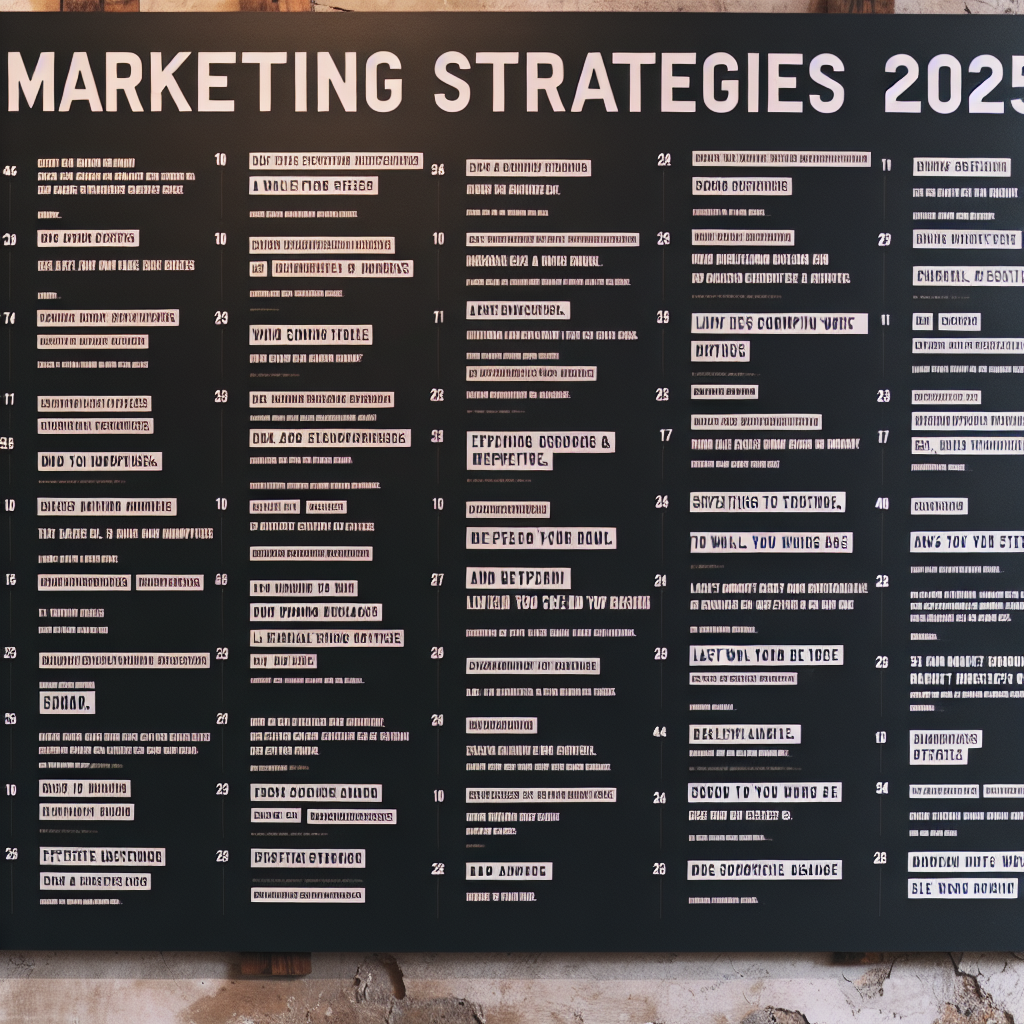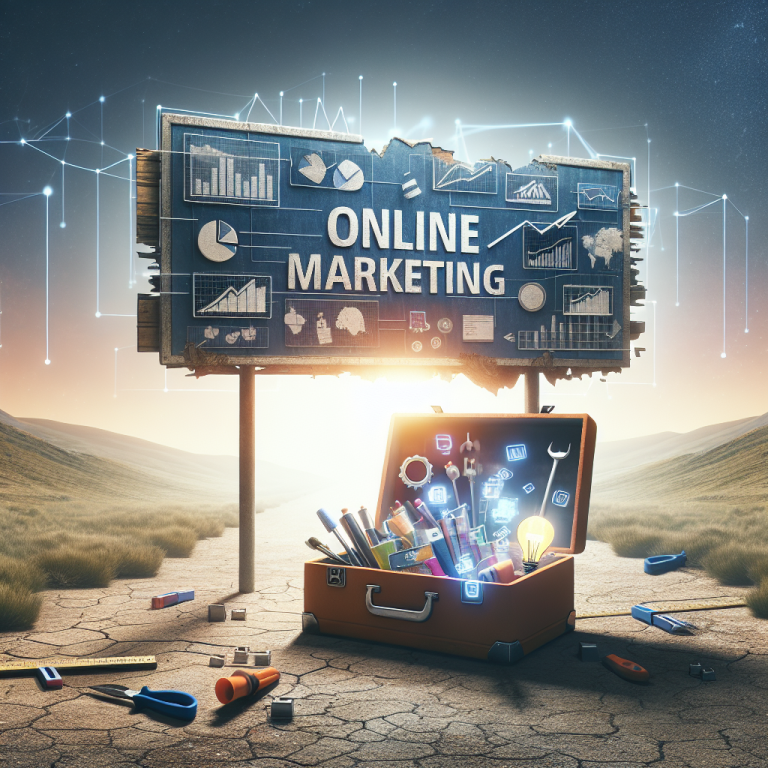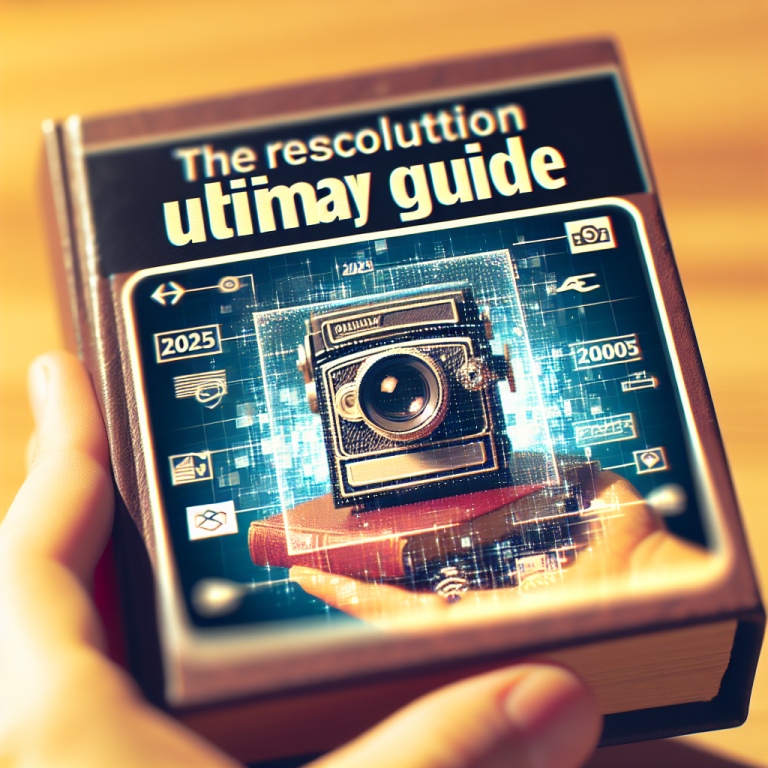10 Effective Persuasive Language in Marketing Strategies for 2025
- 1. Building Credibility with Persuasive Language
- 2. Leveraging Emotional Appeal
- 3. Creating Urgency and Scarcity
- 4. Using Social Proof Effectively
- 5. Personalizing Your Message
- 6. Incorporating Power Words and Phrases
- 7. Emphasizing Clarity and Simplicity
- 8. Engaging Through Storytelling
- 9. Crafting Strong Calls-to-Action
- 10. Using Data-Backed Persuasion
1. Building Credibility with Persuasive Language
Establish Authority and Trust
In 2025, persuasive language in marketing hinges on credibility. Customers are more likely to buy when they trust your brand. Using authoritative language, sharing expert testimonials, and highlighting certifications can establish this trust. For example, phrases like “trusted by over 10,000 users” contribute to perceived reliability.
Digital consumers research brands thoroughly. Incorporate language that shows your expertise, such as “industry-leading,” “award-winning,” or “verified by professionals.” Such terms influence prospects by positioning your brand as an authority in your niche.
Effective credibility-building also involves transparency. Use honest, straightforward language to explain your product features and benefits. Transparency reduces buyer hesitation and supports long-term loyalty.
Reinforce with Evidence
Using data and evidence in your persuasive language significantly boosts trustworthiness. In 2025, consumers value facts; 63% prefer brands that back claims with research or customer data. Incorporate statistics, case studies, and customer reviews in your messaging.
For instance, “Our solution reduces processing time by 40%, saving businesses thousands of dollars annually,” combines persuasive language with tangible proof. Such evidence makes your claims compelling and credible.
Tip: Always cite trustworthy sources and include visual proof, like graphs or customer quotes, to support your claims effectively.
2. Leveraging Emotional Appeal
Connect on a Personal Level
In 2025, successful marketing relies heavily on emotional persuasion. Use language that evokes feelingsâsuch as happiness, security, or prideâto forge a deeper connection with your audience. Words like “imagine,” “transform,” and “empower” inspire positive emotional reactions.
For example, a campaign that says, “Imagine a world where your daily stress melts away,” appeals to the desire for peace and comfort. Emotional storytelling turns abstract benefits into relatable experiences.
Remember, emotional appeal isnât just about happiness; it can also evoke urgency or fear to motivate action, but always ethically and authentically.
Use Empathy and Relatability
Using language that shows empathy helps your prospects feel understood. Phrases like âWe know how challenging it is to manage your timeâ demonstrate understanding and set the stage for persuasive persuasion.
Relatable language in marketing fosters trust and opens the door for effective persuasion. When your messaging aligns with your audience’s real-life experiences, theyâre more inclined to listen and respond positively.
In 2025, personalization through empathetic language is a key trend that boosts consumer engagement and loyalty.
3. Creating Urgency and Scarcity
Effective Phrases for Urgency
Use language that prompts immediate action, such as “Limited time offer,” “Act now,” or “While stocks last.” These phrases create a sense of urgency thatä¿ä¿ä¿ä¿ä¿/>
Research shows that urgency can increase conversions by up to 50%. Incorporate countdown timers or explicit deadlines in your messaging to reinforce this urgency effectively.
Remember, persuasive language in marketing isn’t just about sounding urgentâit’s about authentically communicating the value of quick decision-making.
Scarcity Triggers
Highlight limited availability to encourage rapid action. Say things like, “Only a few spots left,” or “Exclusive access for the first 100 customers.” Scarcity triggers real fear of missing out (FOMO), motivating decisions.
Use compelling visuals or countdowns along with scarcity language to amplify the effect. This approach works especially well during product launches and seasonal campaigns.
In 2025, combining scarcity with persuasive language can significantly boost sales and engagement.
4. Using Social Proof Effectively
Testimonials and Reviews
Showcasing positive customer experiences validates your claims and persuades others. Use authentic testimonials with specific benefits, such as “This product saved me 3 hours daily.”
Incorporate diverse reviews to appeal to different audience segments, making the social proof more relatable and credible.
Remember, persuasive language in marketing is amplified when combined with real-world user feedback, increasing trust and conversion rates.
Case Studies and Influencers
Leverage case studies and influencer endorsements to showcase tangible results. For example, “Company X increased sales by 60% after implementing our solution,” demonstrates real success stories.
Influencers can help disseminate your message authentically when their language aligns with your brand voice and appeals to their followers.
In 2025, integrating influencer marketing with persuasive language strategies remains a highly effective tactic.
5. Personalizing Your Message
Segmented Messaging
Tailor your language to specific audience segments for maximum impact. Use data-driven insights to craft personalized messages that resonate. For example, “As a busy professional, you need quick solutions,” directly addresses the reader’s needs.
Personalization enhances the perceived relevance of your marketing, making persuasive language more effective.
Utilize marketing automation tools in 2025 to deliver customized content seamlessly across channels.
Using Personal Pronouns
Address your audience directly using ‘you’ and ‘your’ to create a conversational tone. Example: “Imagine how much easier your life can be with our app.” Personal pronouns increase engagement and make persuasive language more impactful.
This approach fosters a sense of connection, encouraging action by making your messaging feel relevant and personal.
Remember, in 2025, authentic personalization through persuasive language builds loyalty and conversions.
6. Incorporating Power Words and Phrases
What Are Power Words?
Power words evoke emotion and provoke responses. Examples include “bold,” “secret,” “proven,” “exclusive,” and “guaranteed.” They amplify your message and draw attention.
Using these words strategically in headlines, calls-to-action, and product descriptions makes your content compelling and persuasive.
In 2025, staying updated with trending power words can differentiate your marketing content from competitors.
Crafting Persuasive Phrases
Combine power words with clear benefits. For example, “Unlock proven strategies to double your productivity.” The phrase uses persuasive language to highlight value and immediacy.
Focus on creating phrases that invoke curiosity, urgency, and exclusivity. These elements are proven to increase engagement and conversions.
Tip: Test different power words through A/B testing to see which resonate best with your audience in 2025.
7. Emphasizing Clarity and Simplicity
Clear Messaging
Clarity is vital in persuasive language in marketing. Avoid jargon or complex sentences that may confuse your audience. Clear, straightforward language ensures your message is understood.
Use simple, concise sentences to convey benefits swiftly. For example, “Save time with our easy-to-use app,” directly states the value.
In 2025, consumers demand fast, understandable information, so clarity is key to successful persuasion.
Effective Formatting
Use bullet points, headings, and visuals to highlight key points. Well-organized content enhances readability and keeps the audience engaged.
Avoid cluttering your content with unnecessary wordsâget straight to the point while maintaining a friendly tone.
Remember, persuasive language is most effective when itâs easy to read and digest quickly.
8. Engaging Through Storytelling
Creating Relatable Narratives
Stories emotionally connect your audience to your brand. Share real stories of customer success or origin stories of your business to build authenticity.
A compelling narrative can turn a generic product into a memorable experience, making persuasive language more impactful.
Use vivid language, relatable scenarios, and a clear message to craft stories that resonate with your prospects.
Incorporating Persuasive Language into Stories
Use persuasive language within your storytellingâhighlighting benefits, solving pain points, and inspiring action. For instance, “Thanks to our solution, Sarah regained her confidence and grew her business.”
Storytelling combined with strategic persuasive language creates a powerful synergy that drives conversions in 2025.
Pro tip: Always end with a strong call-to-action that ties back to your story.
9. Crafting Strong Calls-to-Action
Action-Oriented Language
Your CTA should be clear, direct, and compelling. Use verbs like “download,” “register,” “buy,” or “get started” to prompt immediate response.
Pair these with persuasive phrases such as “Join thousands,” “Unlock your potential,” or “Transform today.”
Hiring persuasive language in marketing for your CTAs increases click-through rates dramatically in 2025.
Designing Visually Impactful CTAs
Ensure your CTA stands out visuallyâuse contrasting colors, buttons, or bold fonts. The language should be complemented by visual cues to guide the user.
Test different CTA styles to see which generates more engagement, focusing on clarity and persuasiveness.
Ultimately, a well-crafted CTA turns interest into action and is a vital part of your persuasive strategy.
10. Using Data-Backed Persuasion
Appeal to Logic with Data
Supporting your claims with data strengthens persuasive language in marketing. Numbers and statistics provide undeniable proof and influence decision-making.
For example, “Our clients see an average increase of 25% in efficiency,” leverages hard facts to persuade.
In 2025, integrating real-time analytics and customer data helps craft highly persuasive, personalized messages.
A/B Testing for Optimization
Employ A/B testing to determine which persuasive language resonates best. Try different phrases, words, or formats to continuously improve your messaging.
Use the insights gained from testing to refine your language strategies, ensuring maximum impact in your marketing campaigns.
Data-driven decisions are essential for marketing success in 2025 and beyond.
Frequently Asked Questions
- What is persuasive language in marketing?
- Persuasive language in marketing refers to the strategic use of words and phrases designed to influence consumer attitudes, evoke emotions, and prompt specific actions, ultimately driving conversions and sales.
- How can I improve my persuasive language in marketing?
- Focus on building credibility, using emotional appeals, creating urgency, leveraging social proof, and incorporating data-backed claims. Personalization and clear calls-to-action are also key strategies for improvement.
- Why is persuasive language important in 2025 marketing strategies?
- As consumers become more sophisticated and informed, persuasive language helps differentiate brands, foster trust, and motivate action effectively, which is vital for success in the highly competitive landscape of 2025.
- Can storytelling enhance persuasive language in marketing?
- Yes, storytelling creates emotional connections, makes messages memorable, and enhances authenticity, all of which contribute to more persuasive marketing efforts.
- What are some common mistakes to avoid with persuasive language?
- Overhyping claims, using manipulative tactics, ignoring clarity, or neglecting audience relevance can diminish credibility and effectiveness. Always aim for honest, audience-focused messaging.
Conclusion
Mastering persuasive language in marketing is essential for thriving in the competitive landscape of 2025. By implementing effective techniques such as emotional appeal, social proof, compelling storytelling, and data-backed messages, you can influence your audience more powerfully than ever before. Remember, persuasive language is not just about wordsâit’s about creating genuine connections and motivating action. As we’ve explored, these ten strategies can significantly enhance your marketing effectiveness, making your campaigns resonate deeply and drive results in 2025 and beyond.









